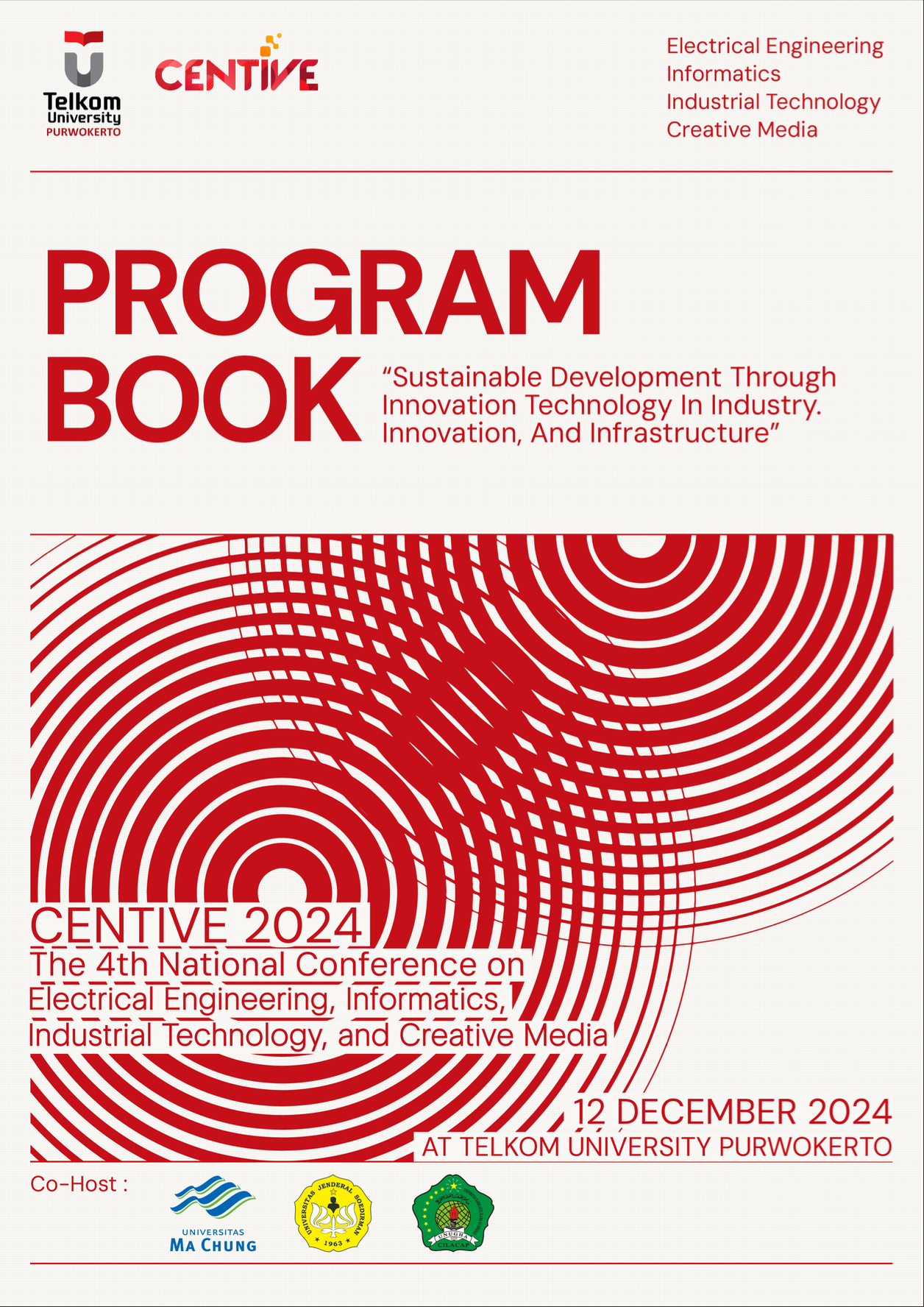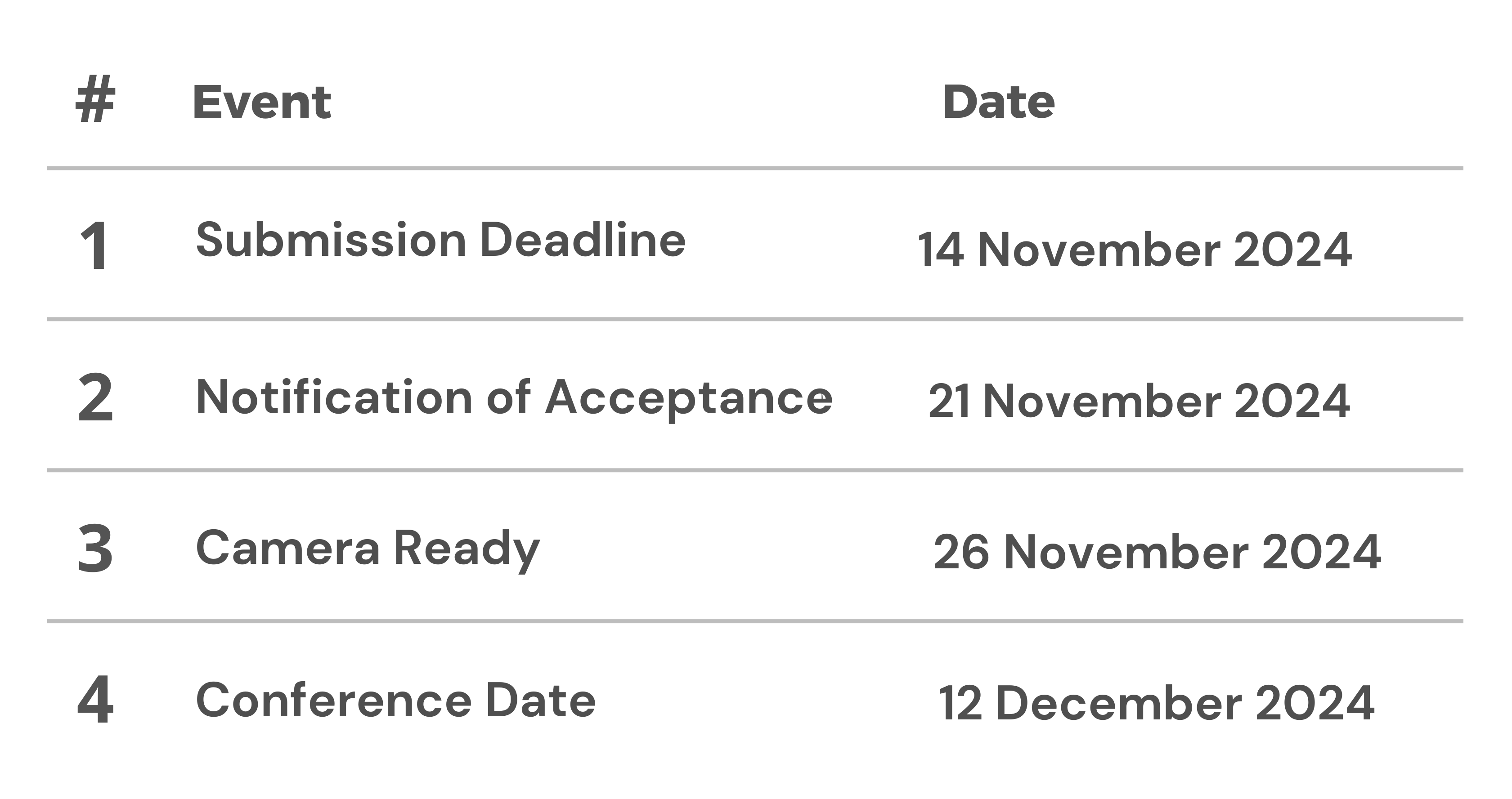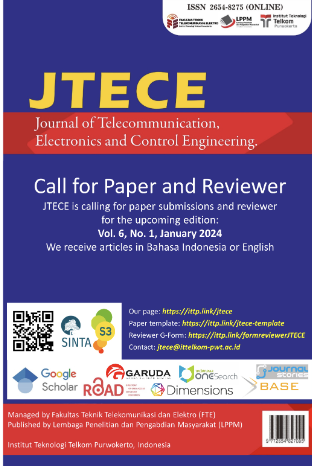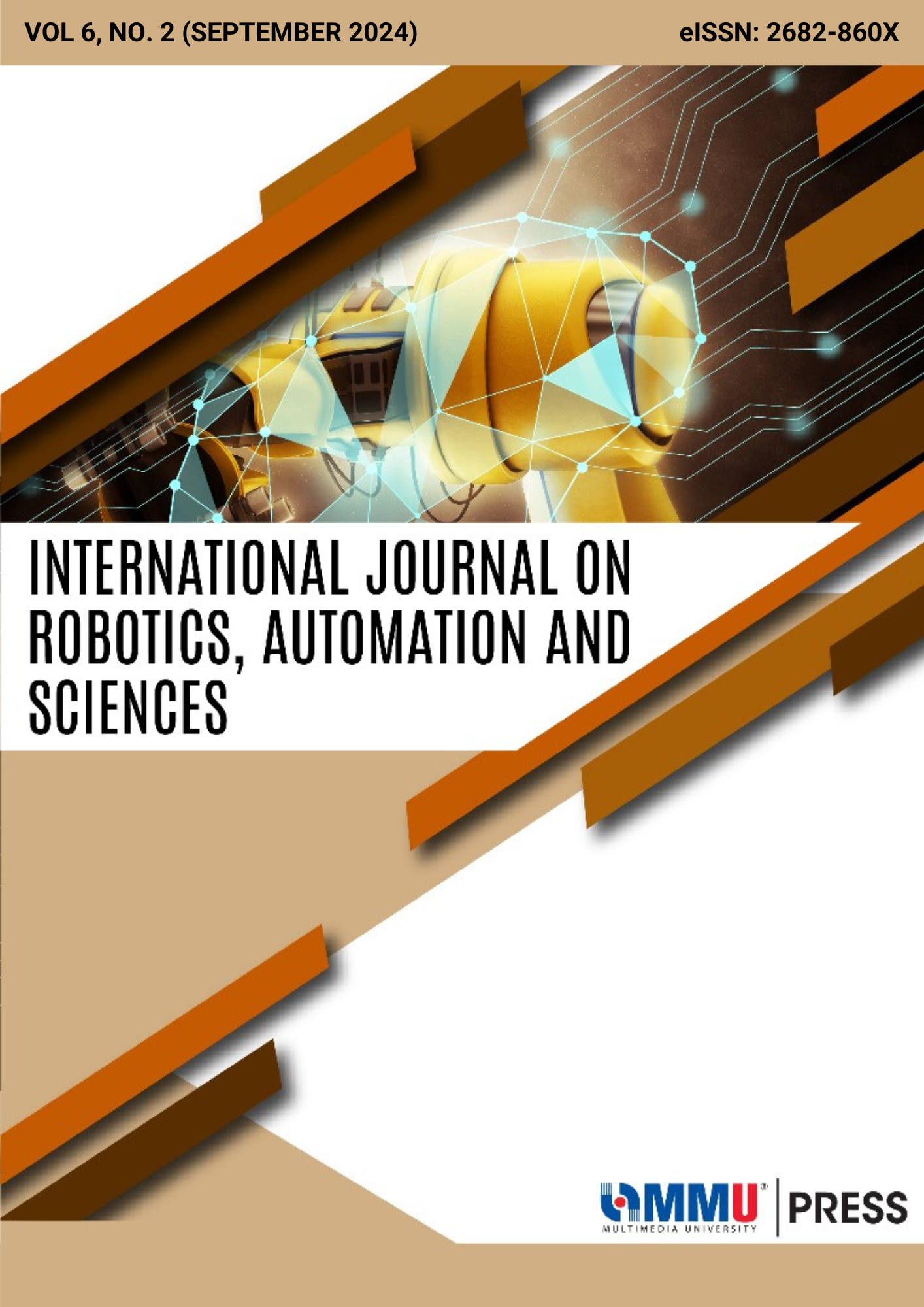Line Balancing Analysis Using Ranked Positional Weight (Rpw) Method inThe Part S Seal Packing Production Process
Abstract
PT BESQ Sarana Abadi is a manufacturing company that produces spare parts made from rubber, this company supplies spare parts for large companies such as PT Hino and PT Toa Galva Industri. In conducting cooperation, this company must meet the requirements set by the partner company, where one of the assessment factors is the efficiency of the production trajectory. Efficiency in productivity determines how the company's reputation. The strategy that companies can do to improve efficiency is to carry out production planning and continuous supervision. The problem faced by PT BESQ Sarana Abadi is the delay in producing spare parts. The production delay is caused by the imbalance of the production line between workstations in the production process. One of the tools that can be used to streamline production time is Line balancing. The purpose of this line balancing is to prevent bottlenecks, keep the line smooth, and increase production efficiency. The method used in this research is ranked Position Wight, which results in an increase in line efficiency from 59.64% to 68.17% and reduces idle time or waiting time from 4594.172 seconds to 3171.144.
References
I. Dharmayanti and H. Marliansyah, “Perhitungan Efektifitas Lintasan Produksi Menggunakan Metode Line Balancing,” J. Manaj. Ind. dan Logistik, vol. 3, no. 1, pp. 45–56, 2019, doi: 10.30988/jmil.v3i1.63.
L. Herdiani and R. Syafarudin, “Line Balancing Demi Tercapainya Efisiensi Kerja Optimal Pada Stasiun Kerja,” J. Tiarsie, vol. 15, no. 2, pp. 1–5, 2019, doi: 10.32816/tiarsie.v15i2.36.
D. L. Trenggonowati and N. Febriana, “Mengukur Efisiensi Lintasan Dan Stasiun Kerja Menggunakan Metode Line Balancing Studi Kasus Pt. Xyz,” J. Ind. Serv., vol. 4, no. 2, pp. 97–105, 2019, doi: 10.36055/jiss.v4i2.5158.
A. T. Panudju, B. S. Panulisan, and E. Fajriati, “Analisis Penerapan Konsep Penyeimbangan Lini (Line Balancing) dengan Metode Ranked Position Weight (RPW) pada Sistem Produksi Penyamakan Kulit di PT. Tong Hong Tannery Indonesia Serang Banten,” J. Integr. Sist. Ind., vol. 5, no. 2, pp. 70–80, 2018.
H. H. Azwir and H. W. Pratomo, “Implementasi Line Balancing untuk Peningkatan Efisiensi di Line Welding Studi Kasus: PT X,” J. Rekayasa Sist. Ind., vol. 6, no. 1, p. 57, 2017, doi: 10.26593/jrsi.v6i1.2428.57-64.
M. Basuki, H. Mz, S. Aprilyanti, and M. Junaidi, “Perancangan Sistem Keseimbangan Lintasan Produksi Dengan Pendekatan Metode Heuristik,” J. Teknol., vol. 11, no. 2, pp. 1–9, 2019, [Online]. Available: https://dx.doi.org/10.24853/jurtek.11.2.117-126
R. D. Astuti and H. S. A. Edy purwanto, “Perbaikan Line Balancing Proses Packing Tablet Xyz Menggunakan Metode Ranked Positional Weight Di Pt. Y,” Performa Media Ilm. Tek. Ind., vol. 18, no. 1, pp. 46–57, 2019, doi: 10.20961/performa.18.1.32360.













